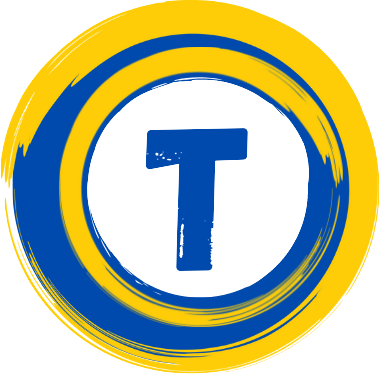TOOLS FOR TECHNICAL AND PROFESSIONAL TRANSLATIONS
According to the Ethnologue: Languages of the Word portal, there are exactly 7117 languages in the world, although more than half of the world's population speaks only 23 of these. Mandarin Chinese is the language with the most native speakers, but English is the most widely spoken in the world if non-native speakers are considered. Mandarin Chinese and Hindi follow. In the case of Spanish, it occupies the fourth position of the most used languages with 538 million speakers.
In this context, translation plays an essential role for communication, dissemination, exchange, and business development. There are several web sites that can help in the automatic translation of general documents, for example Google Translate, Systran or DeepL. However, when a technical translation is required, with a specific vocabulary, as in the case of patent translations, a professional with knowledge in the field of study of the patent and specialized in the language of this type of documents is needed.
Despite the foregoing, computer-assisted translation programs can be used to help manage the increasing volume of material to be translated. Specifically, they make it easier to work with patent documents that can exceed 400 pages. These programs are based on translation memories that store the translated information and ensure consistent translation of documents. This means that the same terms are used throughout the translation work and between different documents related to the same field. Using these programs also facilitates and speeds up the translation process by “remembering” previously translated material. In addition, these programs recognize the number of repeated words, already existing in memory, which reduces the cost of the translation.
COMPUTER-ASSISTED TRANSLATION PROGRAMS
In this post, we are only going to refer to the two most used computer-assisted translation programs, WordFast and SLD Trados.

Both show a user interface composed of the original texts to be translated, aligned with their respective translation in another language. With text alignment, reference is made to the segmentation of the original text into words, sentences or complete paragraphs, with their respective translation in a single document. As a result, you have a parallel split screen where you can easily see the source and target text.
WORDFAST
By using WFPro you can translate practically any type of format including MS Office, PDF, HTML, SDL Trados, MemoQ, and others. In addition, it integrates with translation motors such as Google Translate, has no language limit and has tools for editing the final document. To make working online easier, everything can be connected in the cloud through WordFast
Anywhere, which is free. In this link you can download the program for free, in its 30-day trial version.
SDL TRADOS
For its part, SDL Trados Studio is the most widely used computer-assisted translation software worldwide by professionals. For this reason, there are many congresses or meetings annually, as well as web sites to debate and exchange on this platform. It recognizes more than 70 types of file formats highlighting Scanned PDF.
It has its own translation motor, unlike WFPro, which allows automatic translation of the segments (using the translation memories) and has a spell checker in real time. Its interface is more user-friendly than other programs. SDL Trados also offers a website where you can find plug-ins to address specific job needs. A significant number of online seminars for translators with different levels of specialization are presented monthly on this platform. As a disadvantage for some users, the program costs 850 USD with a free 30-day trial period, which you can download for free here.
At TranexPat we use both programs, always striving to meet the particular needs of each client. Learn about our translation process and acquire your free quote, we will contact you as soon as possible.
Author: O. Concepción (Ph.D. in Nanoscience)
